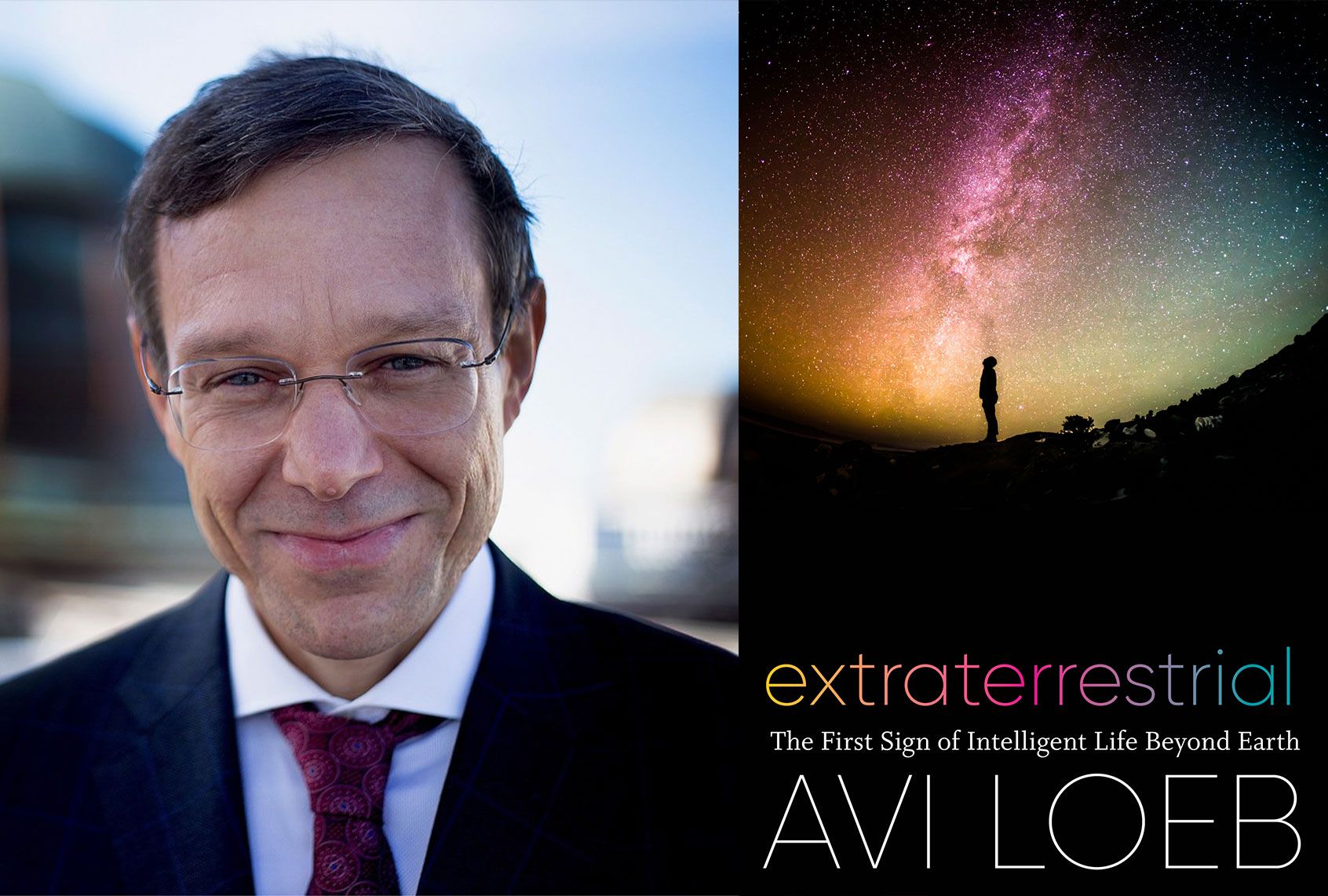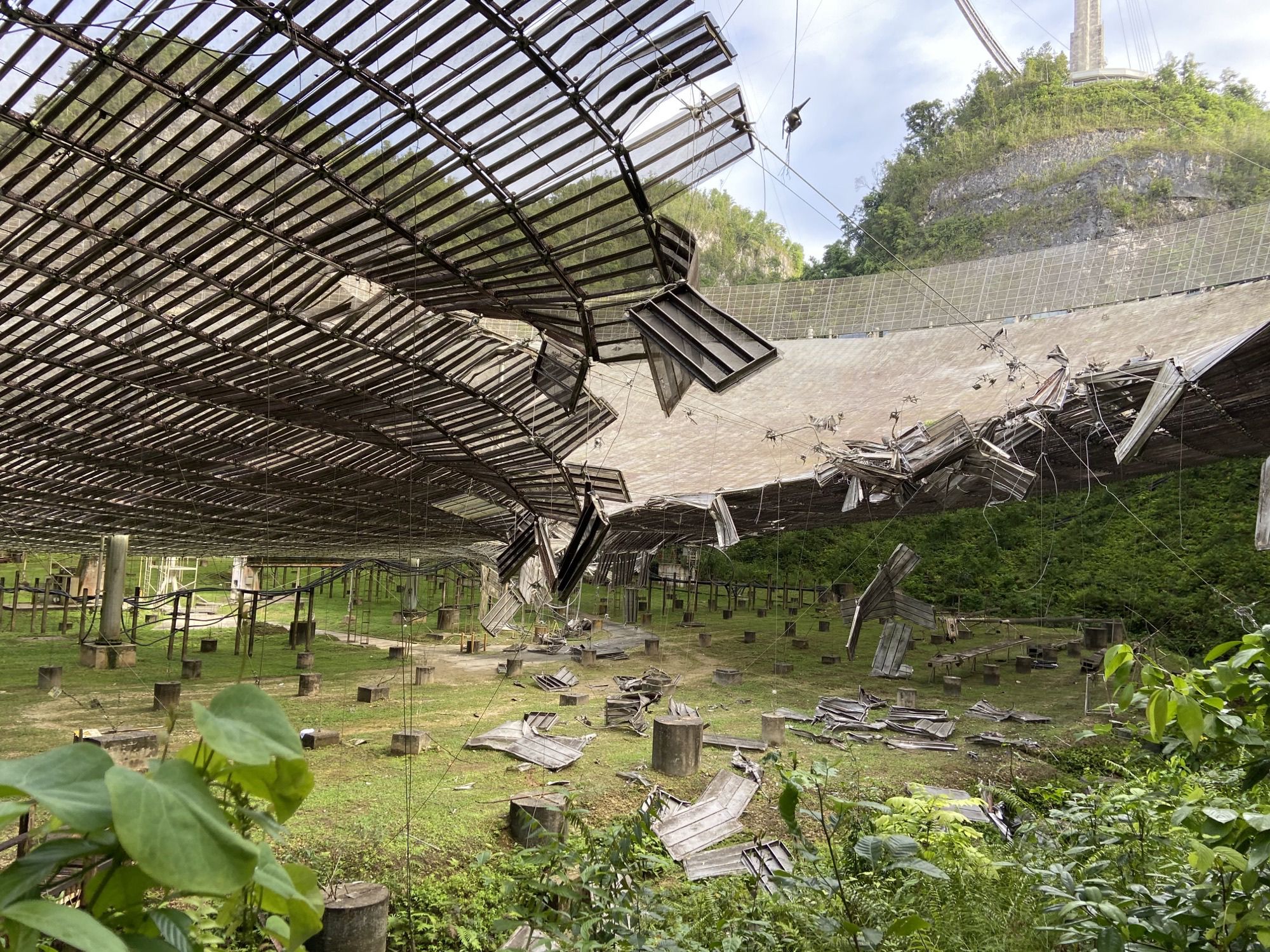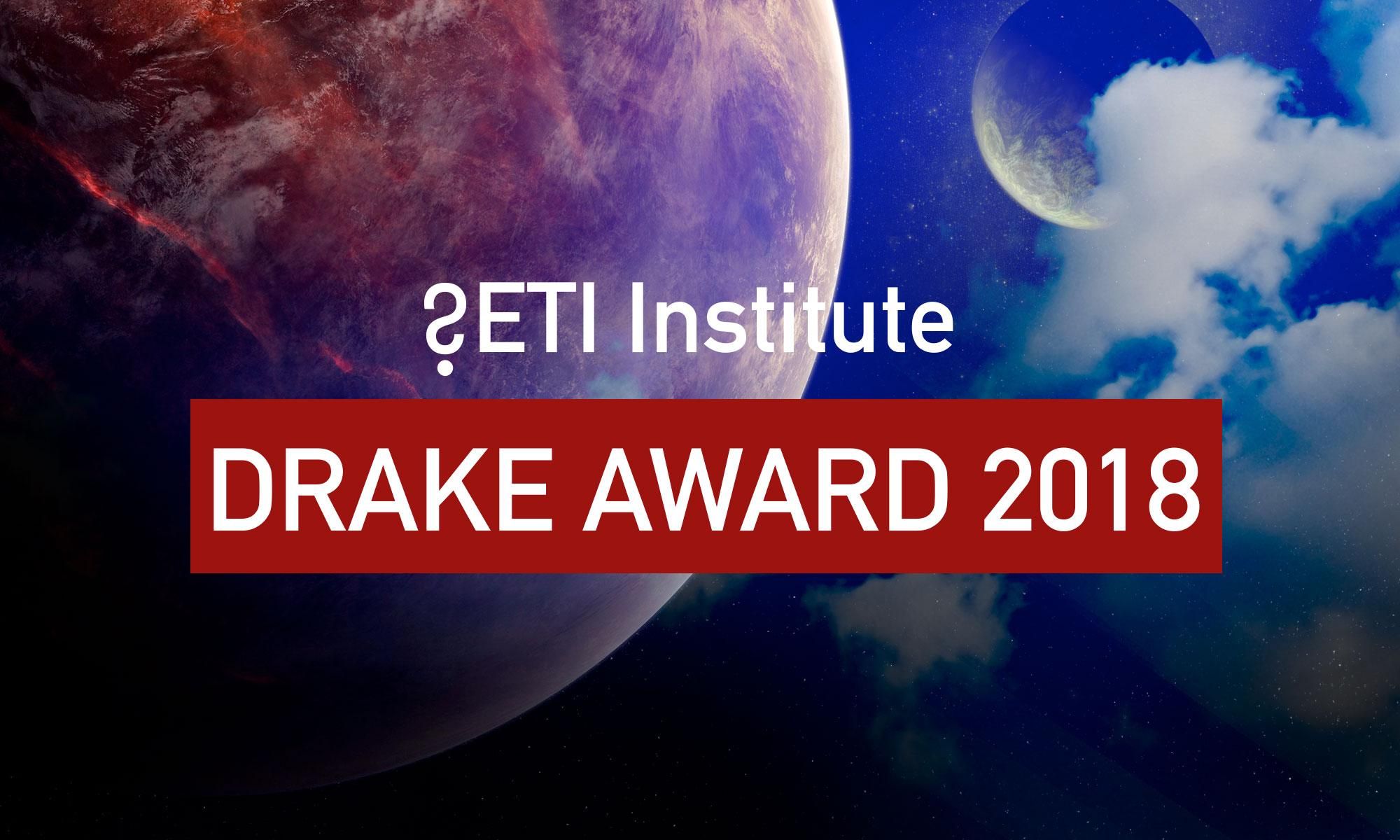What Should We Do if Extraterrestrials Show Up?
Article by Avi Loeb April 15, 2021 (scientificamerican.com)
• Earth has been broadcasting radio waves into space for over a century, announcing our presence to any other technological civilizations within a hundred light-years that might monitor their sky with radio telescopes similar to ours. Our saving grace might be that these extraterrestrials may use chemical rockets, similar to our own, which would take them a million years to traverse that hundred light years to our doorstep.
• If extraterrestrials did arrive at our doorstep, how should we respond? There is no United Nations international protocol outlining what to do. Is it premature to contemplate a global policy long before it is required? How much advance warning will we have? Any alien spacecraft would at least reflect sunlight which we could detect from earth-based telescopes such as the Pan-STARRS observatory in Hawaii.
• The first interstellar visitor discovered by Pan-STARRS observatory was on October 19, 2017. It was named ‘Oumuamua’ or “scout” in the Hawaiian language. The object showed many anomalous properties that made it different from any natural comet or asteroid that we had witnessed before in the solar system, allowing for the possibility that it could be a product of alien technology, as the article’s author, Avi Loeb (pictured above), discusses in his new book, Extraterrestrial. The likelihood that the object was a probe intended to spy on us is small because Oumuamua more than 10,000 years to traverse the solar system to get here. We have only been transmitting radio signals for over a hundred years.
• Even if ‘Oumuamua’ is an artificial craft, it is ancient and likely too old to be functional. But we can learn a great deal from inspecting and photographing such relics, whether tumbling through our galaxy or resting on the surface of the Moon or Mars where such unusual objects may have collected over billions of years. The lack of an atmosphere or geological activity would make the moon’s surface, in particular, like a museum of extraterrestrial equipment.
• We should keep our eyes open and searching through our telescopes for unusual objects, taking precaution about a vessel possibly masquerading as a Trojan Horse. There might be many small, fast-moving objects traveling through the solar system or other anomalies that we fail to recognize given the limited sensitivity of our telescopes. We could search for them in data streams generated by the Large Survey of Space and Time (LSST) on the Vera C. Rubin observatory.
• Gravitational waves were discovered by the Laser Interferometer Gravitational-Wave Observatory (LIGO) only after the National Science Foundation (NSF) invested $1.1 billion into it. Similarly, we should expect to find extraordinary evidence for ETs only after we invest major funds in a search. Taxpayer funding would be appropriate given the major impact that such discoveries would have on society—far exceeding the implication of discovering gravitational waves.
• Putting our hands on a piece of alien technology would change the way we perceive our place in the universe, our aspirations for space and our philosophical and theological beliefs. Or we could choose to stay ignorant about our neighbors until they show up. The possible existence of ETs will not go away if we ignore them, just like the Earth continued to move around the sun after religious authorities refused to look through Galileo’s telescope. The dinosaurs dominated the planet until the giant Chicxulub rock showed up in the sky 66 million years ago. We need to be watchful for the next ‘earth shattering’ encounter.

When you’re in an unexplored wilderness, you’d better be quiet, because you never

know whether there might be dangerous predators lurking.
Unfortunately, Earth has not been following this cautionary principle so far: we’ve been broadcasting radio waves into space for more than a century. If there are technological civilizations within a hundred light-years that monitor their sky with radio telescopes similar to ours, then they may already know about our existence. We could hear from them in the future. Our saving grace might be that chemical rockets, similar to those used in the Voyager or New Horizons missions, would take a million

years to traverse that hundred light years. And so, we might be out for prolonged suspense before encountering our cosmic neighbors.
If extraterrestrials eventually arrive at our doorstep, the question is: how should we respond? Clearly, interstellar affairs are not an imminent policy concern for any nation at this moment, so there is no international protocol issued by the United

Nations for what to do. We should keep in mind that within a million years, humans might reside on the moon, Mars or free-floating space platforms, and each community might choose to respond differently. It is premature to contemplate a global policy long before it is required.

How much advance warning will we have? That depends on the size of the vehicle used by the ETs. Even without generating artificial light, any alien spacecraft would reflect sunlight. The Pan-STARRS observatory in Hawaii can detect reflected sunlight from objects bigger than a few hundred feet, the scale of a football field, that pass within the orbit of the Earth around the sun.The first interstellar visitor of such size was discovered by this telescope on October 19, 2017, and named ‘Oumuamua—“scout” in the Hawaiian language. The object showed many anomalous properties that made it different from any natural comet or asteroid that we had witnessed before in the solar system, allowing for the possibility that it is a product of alien technology, as discussed in my new book, Extraterrestrial.
FAIR USE NOTICE: This page contains copyrighted material the use of which has not been specifically authorized by the copyright owner. ExoNews.org distributes this material for the purpose of news reporting, educational research, comment and criticism, constituting Fair Use under 17 U.S.C § 107. Please contact the Editor at ExoNews with any copyright issue.





 Thursday that it will close the huge telescope at the renowned Arecibo Observatory in Puerto Rico in a blow to scientists worldwide who depend on it to search for planets, asteroids and extraterrestrial life.
Thursday that it will close the huge telescope at the renowned Arecibo Observatory in Puerto Rico in a blow to scientists worldwide who depend on it to search for planets, asteroids and extraterrestrial life. the telescope’s main steel cables snapped, leading officials to warn that the entire structure could collapse.
the telescope’s main steel cables snapped, leading officials to warn that the entire structure could collapse.


